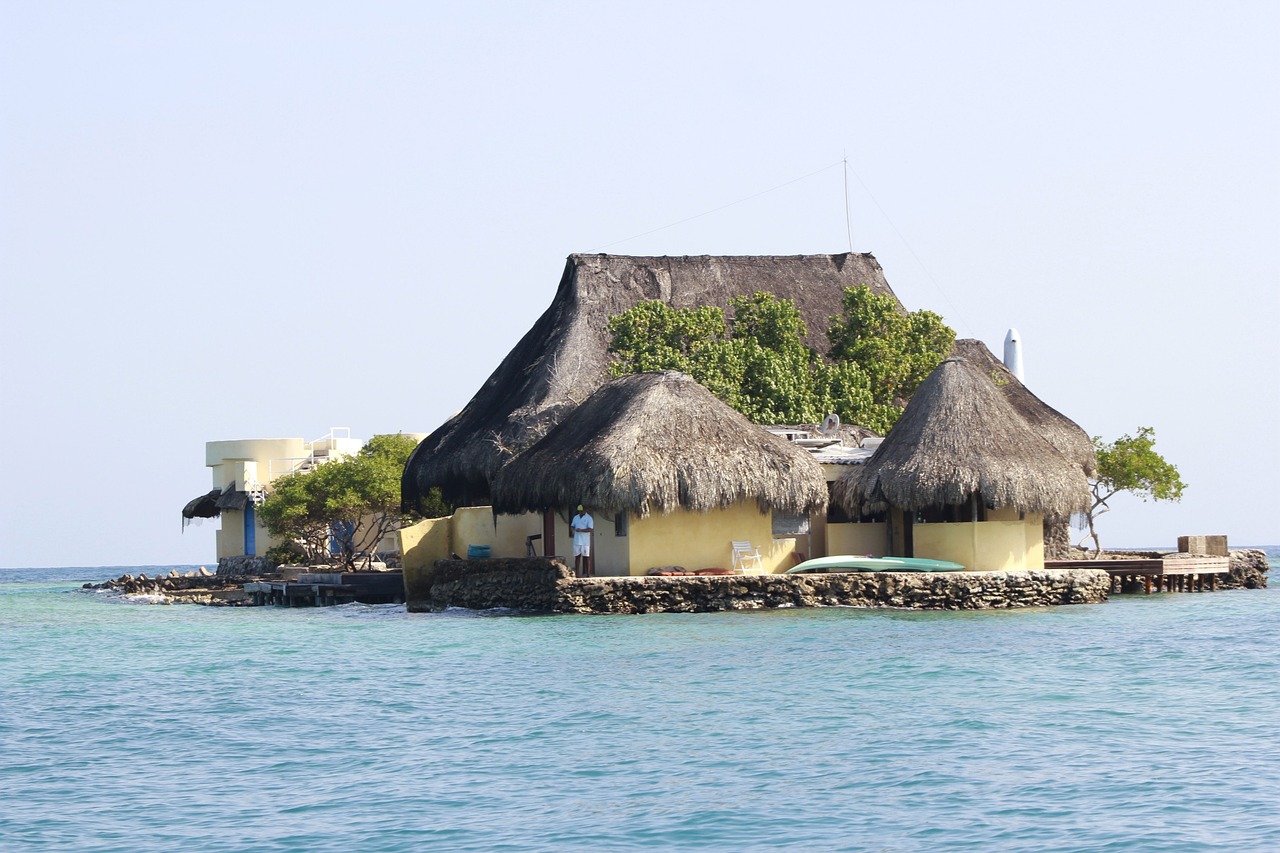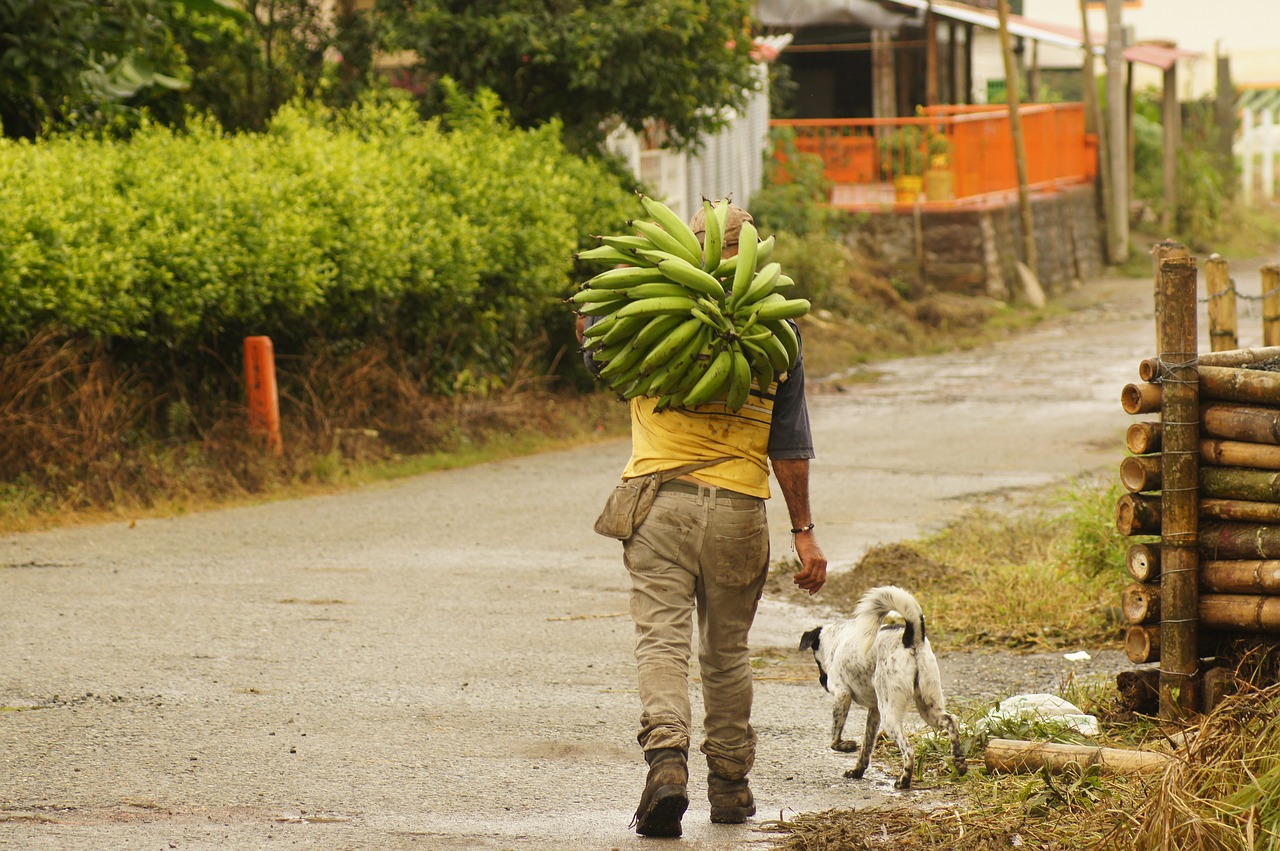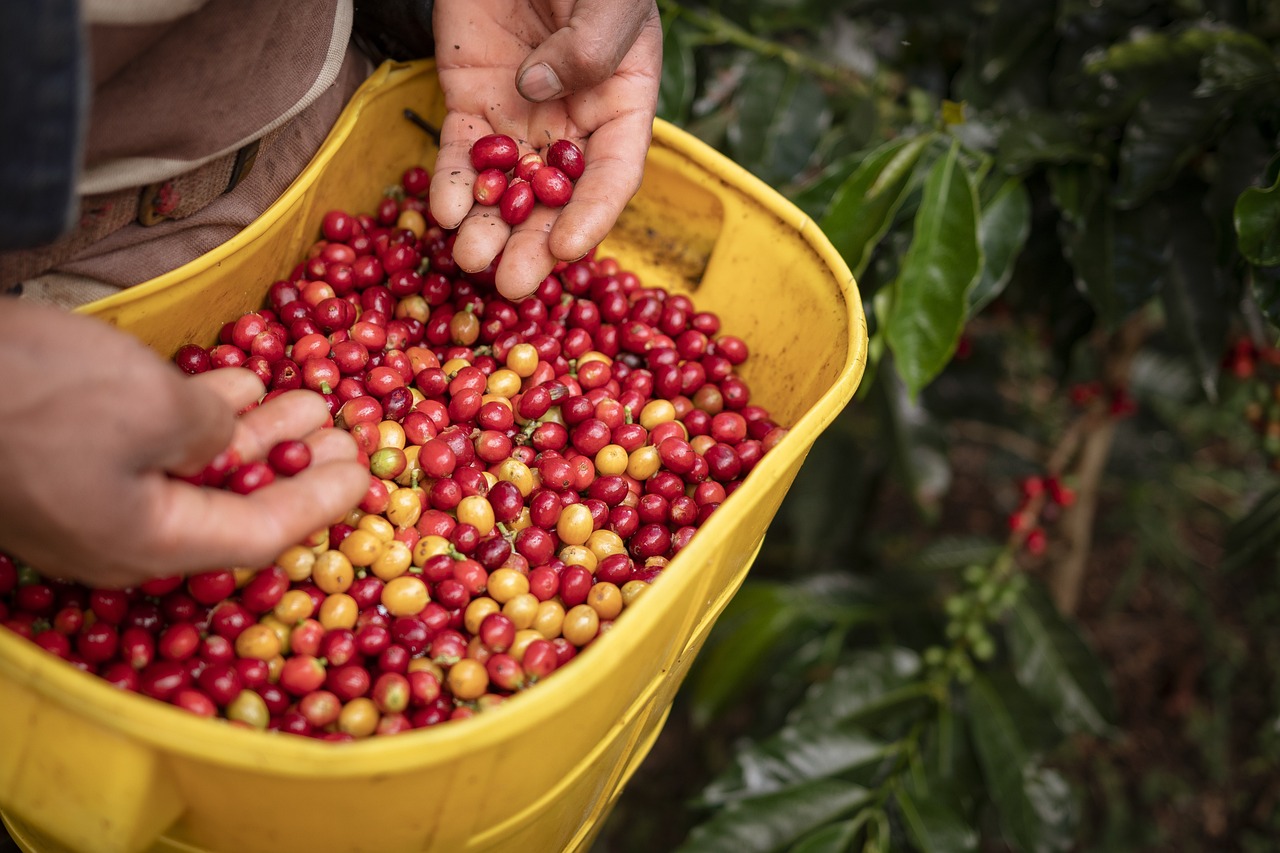Getting Around: Transportation Tips for Colombia
Colombia, a vibrant and diverse country in South America, offers a plethora of transportation options for travelers. Whether you’re exploring the bustling cities or venturing into the remote countryside, it’s essential to know the various modes of transportation available. This article will guide you through the transportation options in Colombia, ensuring a smooth and enjoyable journey.
Public Transportation
Public transportation in Colombia is well-developed and widely used by both locals and tourists. The following are some of the key public transportation options available:
- Buses: Buses are the most common and affordable mode of transportation in Colombia. They connect cities, towns, and even remote regions. There are different types of buses, including urban buses, intercity buses, and long-distance buses. It’s important to note that buses can vary in comfort and safety levels, so choose reputable bus companies for long journeys.
- Metro: Colombia has metro systems in major cities like Medellín and Bogotá. The metro is a convenient and efficient way to navigate these cities, with frequent trains and affordable fares. It’s advisable to purchase a rechargeable card, called a “Tullave,” to avoid the hassle of buying individual tickets.
- Taxis: Taxis are readily available in Colombia’s cities and towns. Look for official taxis with visible identification, such as a license plate, company name, and driver’s identification card. Always insist on using the meter or agree on a fare before starting the journey. It’s also recommended to use ride-hailing apps like Uber or Cabify for added convenience and safety.
- Colectivos: Colectivos are shared taxis or minivans that operate on fixed routes. They are a common mode of transportation in rural areas and smaller towns. Colectivos can be a more affordable option compared to private taxis, but they may have limited schedules and seating capacity.
- Chivas: Chivas are colorful, open-air buses popular in rural areas and tourist destinations. They offer a unique and lively way to explore the countryside. Chivas are often used for day trips or excursions, and they provide a festive atmosphere with music and sometimes drinks on board.
Inter-City Transportation
Traveling between cities in Colombia can be done through various transportation modes. Here are the key inter-city transportation options:
- Domestic Flights: Colombia has a well-connected domestic flight network, making air travel a convenient option for long distances. Major cities like Bogotá, Medellín, and Cali have international airports, while smaller cities have regional airports. Domestic flights offer time savings and comfort, especially for those traveling long distances.
- Long-Distance Buses: For budget-conscious travelers or those who prefer scenic journeys, long-distance buses are a popular choice. Comfortable buses operated by reputable companies connect major cities and tourist destinations. Some long-distance buses offer amenities like onboard toilets, Wi-Fi, and entertainment systems.
- Shared Vans: Shared vans, known as “flotas” or “colectivos,” operate on specific routes, providing a more flexible and direct option between smaller towns. These vans usually depart when full, so they may not follow fixed schedules. They are a convenient option for exploring off-the-beaten-path destinations.
Exploring Rural Areas
Colombia’s natural beauty extends beyond its cities, and exploring rural areas can be a rewarding experience. Here are transportation options for venturing into the countryside:
- Mototaxis: Mototaxis are three-wheeled motorbikes used as taxis in some rural areas. They are an adventurous and economical way to navigate small towns and rural landscapes. However, safety precautions should be taken, such as wearing a helmet and choosing licensed mototaxi drivers.
- Boats: In regions with rivers, lakes, or coastal areas, boats are a common mode of transportation. From river taxis to tourist boats, there are various options depending on the destination. Boats can be an exciting way to reach remote areas, islands, or explore the Amazon rainforest.
- Jeep Willys: Jeep Willys, also known as “chivas paisas,” are rugged vehicles used for transportation in rural and mountainous regions. They offer a unique and adventurous ride, especially in areas with unpaved roads or challenging terrains.
Rental Vehicles
Renting a vehicle in Colombia provides flexibility and independence for travelers. However, it’s essential to consider the following factors:
- Car Rental: Major cities and airports in Colombia have car rental agencies offering a wide range of vehicles. Renting a car allows you to explore at your own pace and reach off-the-beaten-path destinations. Ensure you have a valid international driver’s license and familiarize yourself with local traffic rules and regulations.
- Motorcycle Rental: For adventurous travelers, motorcycle rentals are available in popular tourist destinations. Riding a motorcycle allows you to experience the scenic landscapes and navigate narrow roads more easily. Always wear a helmet, follow traffic rules, and have proper insurance coverage.
Colombia Image 1:

Tips for Getting Around
To make your transportation experience in Colombia more enjoyable, consider the following tips:
- Plan Ahead: Research and plan your transportation options in advance, especially for long journeys or visiting remote areas. Check schedules, book tickets, and confirm availability to avoid any last-minute hassles.
- Be Aware of Safety: While Colombia has made significant improvements in safety, it’s still important to remain cautious. Avoid traveling alone at night, keep your belongings secure, and use reputable transportation services.
- Learn Basic Spanish Phrases: Although some transportation staff and drivers may speak English, it’s helpful to know a few basic Spanish phrases to communicate more effectively. This can make your interactions smoother and ensure you get to your intended destination.
- Consider Peak Travel Times: During peak travel seasons or holidays, transportation services may be busier and more crowded. Plan accordingly and book tickets in advance to secure your preferred mode of transportation.
- Stay Updated on Traffic Conditions: Traffic congestion can be common in cities, especially during peak hours. Stay updated on traffic conditions through local news or traffic apps to plan your travel accordingly.
- Carry Cash: While credit cards are widely accepted in many places, it’s advisable to carry some cash, especially for smaller expenses like bus fares or tips.
Colombia Image 2:

Conclusion
Navigating Colombia’s transportation system can be an exciting adventure on its own. Understanding the various modes of transportation available, from buses and taxis to boats and rental vehicles, allows you to explore the country with ease. Remember to plan ahead, prioritize safety, and embrace the unique experiences each mode of transportation offers. Enjoy your journey through Colombia’s diverse landscapes, vibrant cities, and charming rural areas.
Colombia Image 3:

References
– Lonely Planet: www.lonelyplanet.com
– Colombia Travel: www.colombia.travel
– The Culture Trip: www.theculturetrip.com
– Medellín Metro: www.metrodemedellin.gov.co
– Bogotá TransMilenio: www.transmilenio.gov.co

